By David Houlihan
Chapter 156E of Massachusetts General Laws became effective on December 1, 2012, enabling the formation of benefit corporations, entities that incorporate concern for public welfare into private enterprise. Massachusetts is the eleventh state to adopt benefit corporation legislation, with the District of Columbia recently following and other states planning similar statutes.
Roughly speaking, Chapter 156E is an attempt to create a corporate form that enforces investors’ social and public welfare concerns. As this article will demonstrate, Chapter 156E represents an imperfect effort at best.
